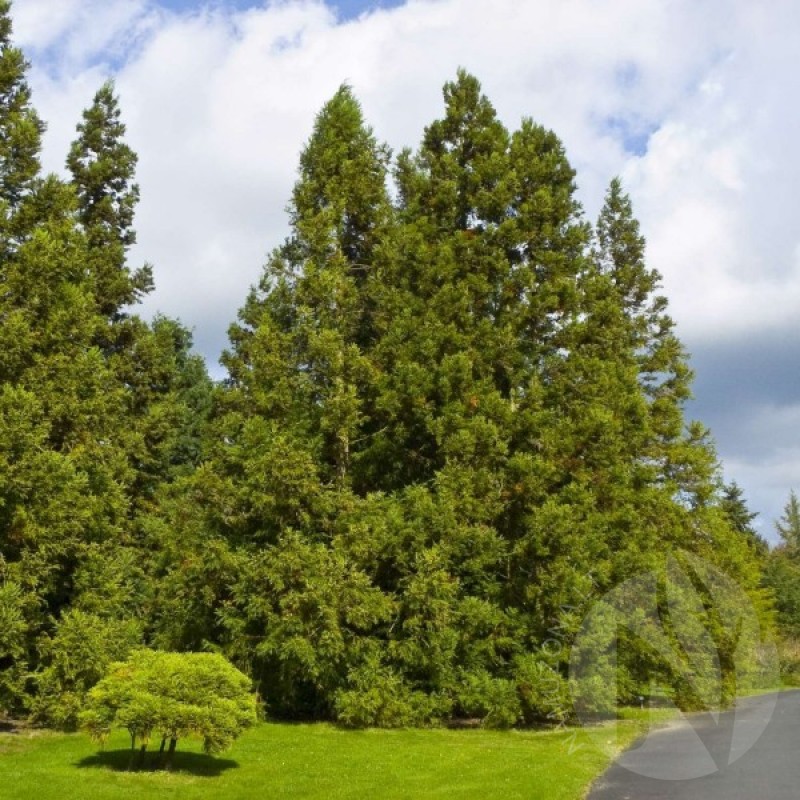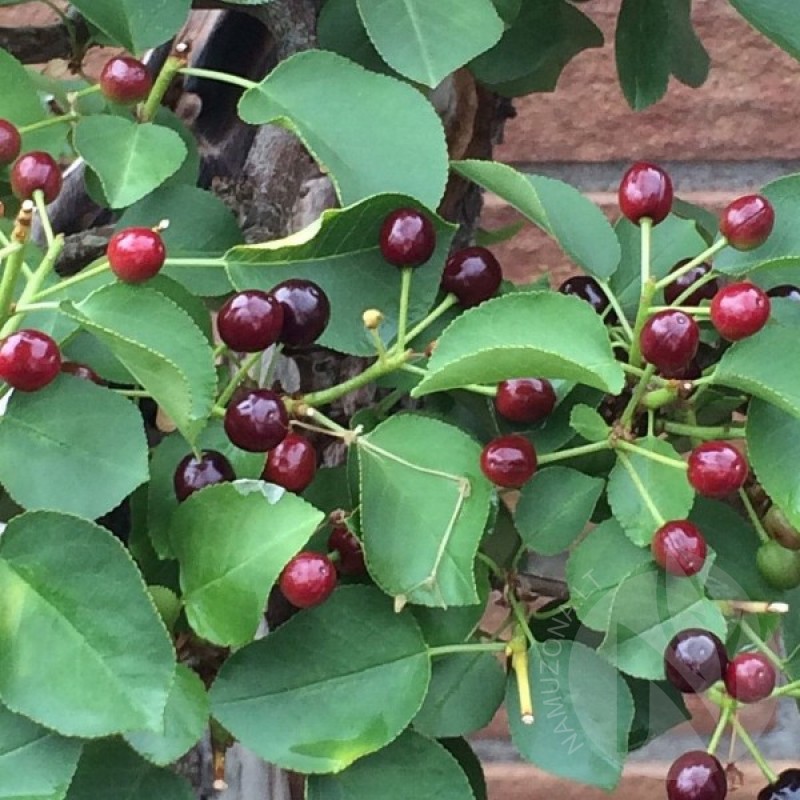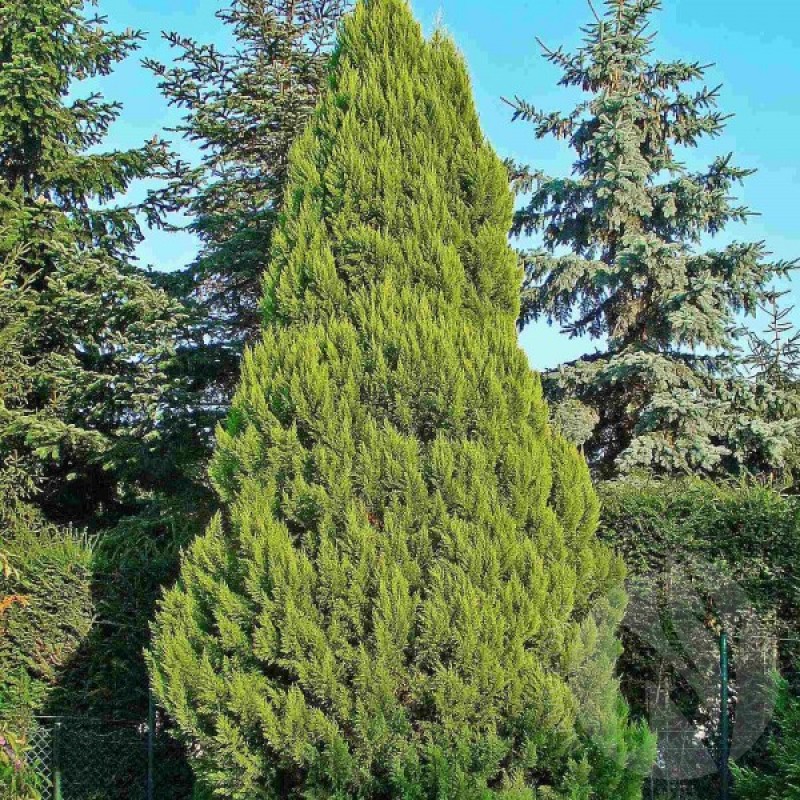
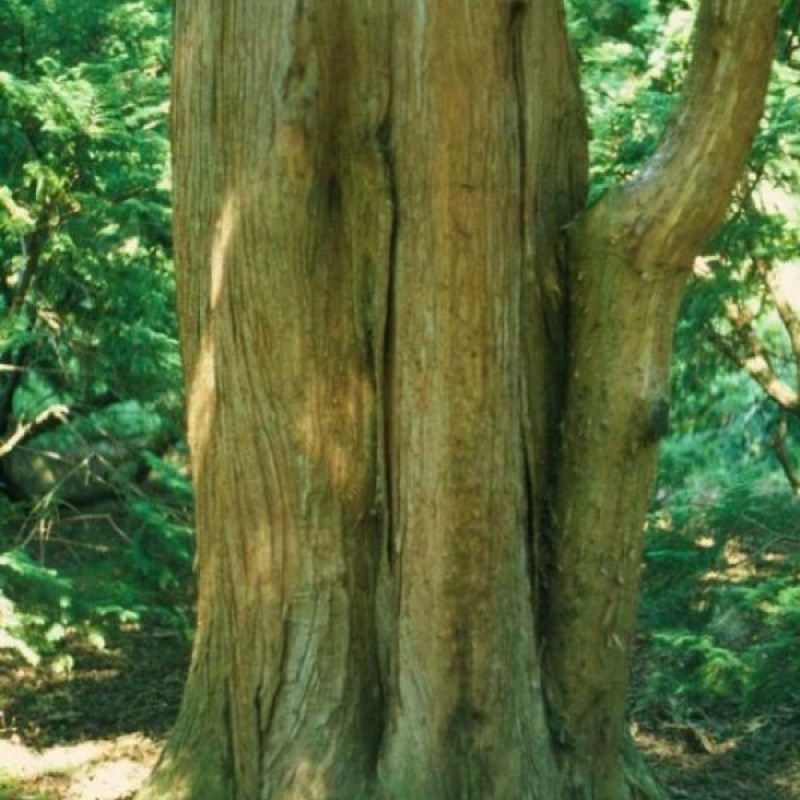
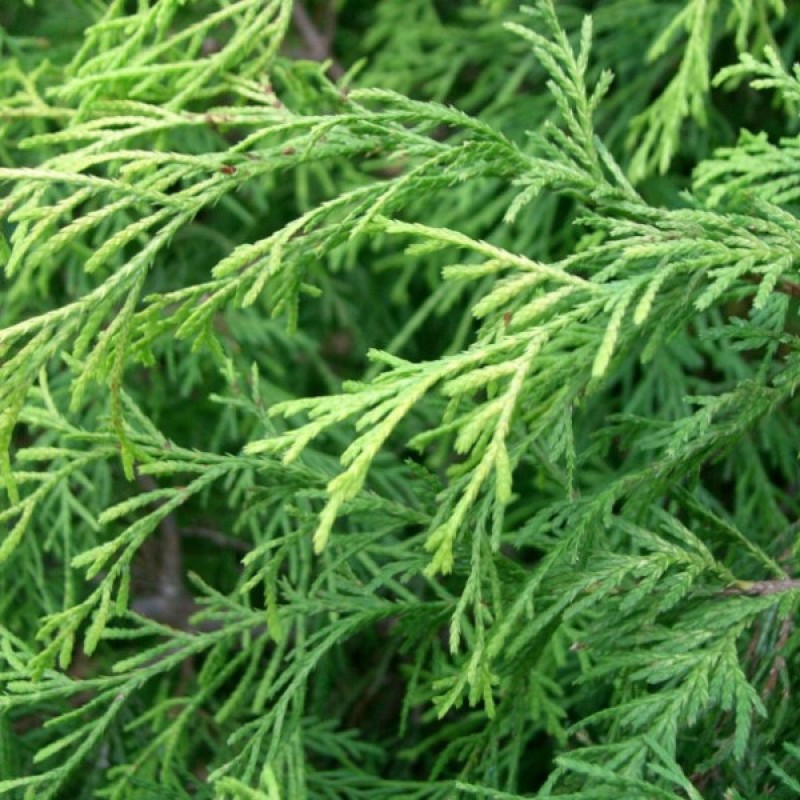
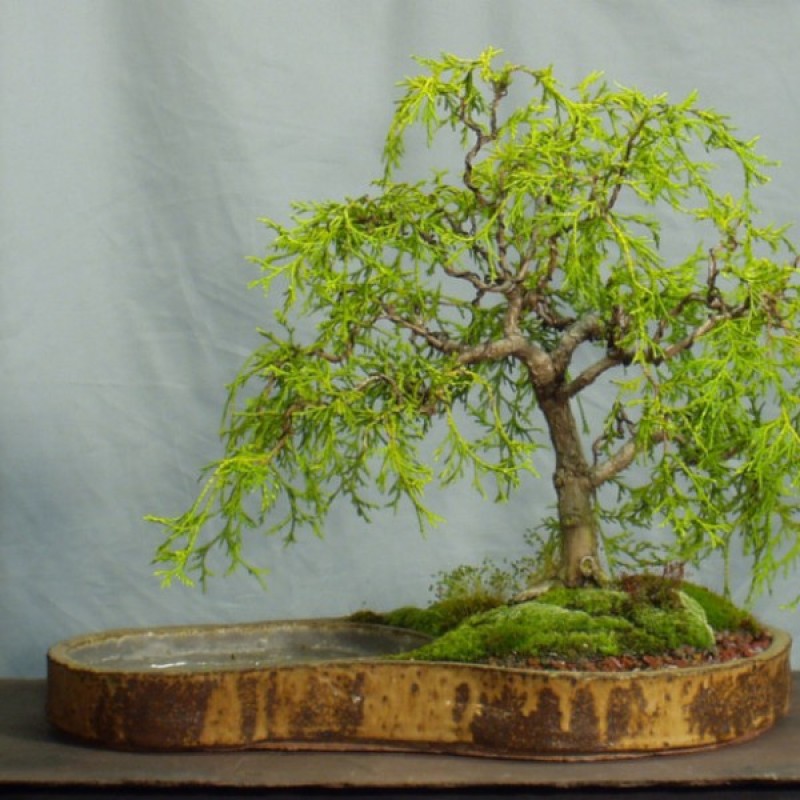

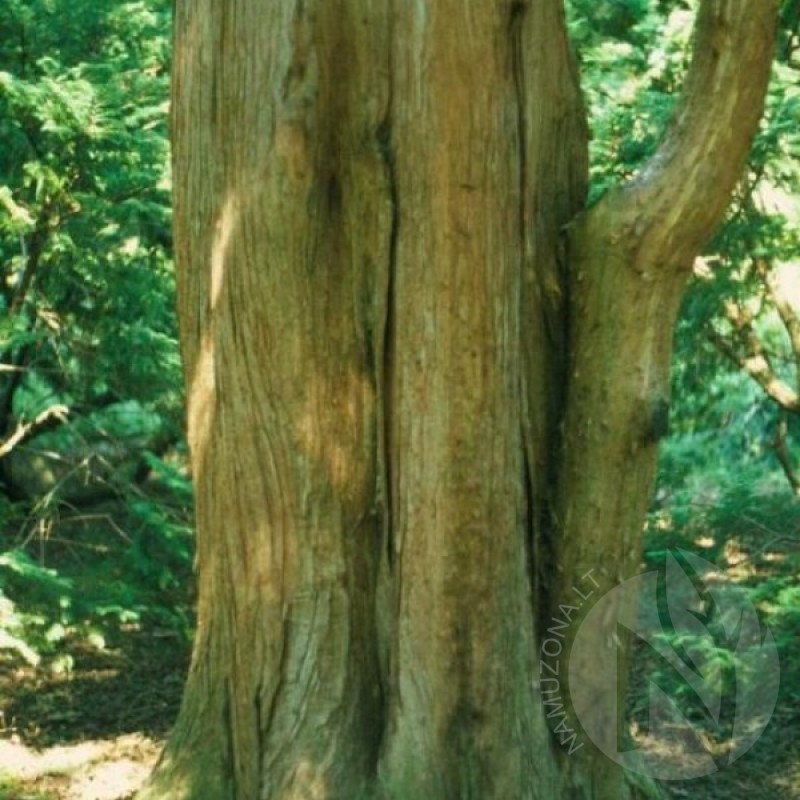
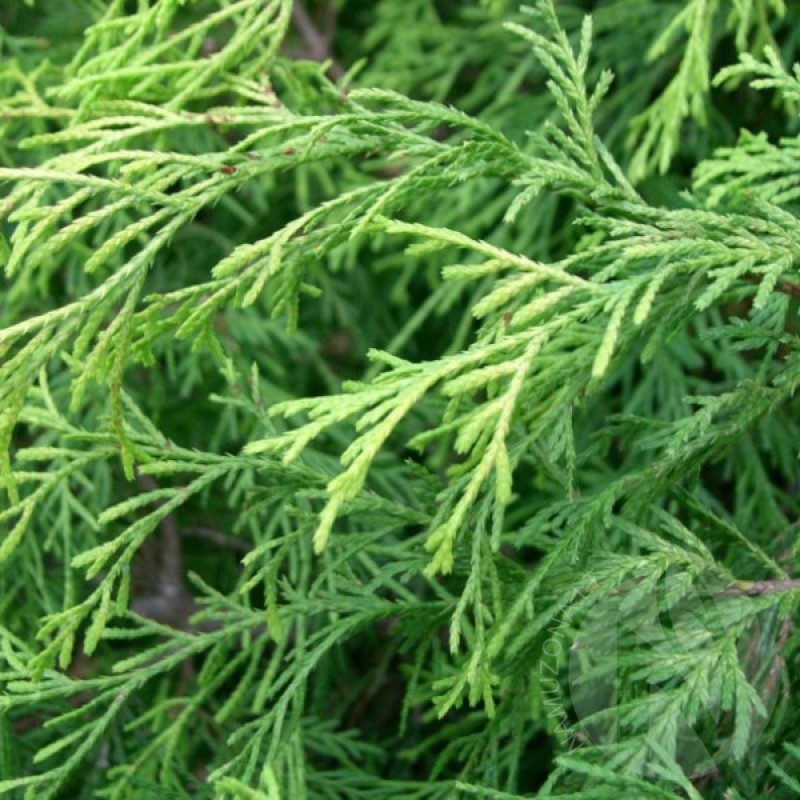
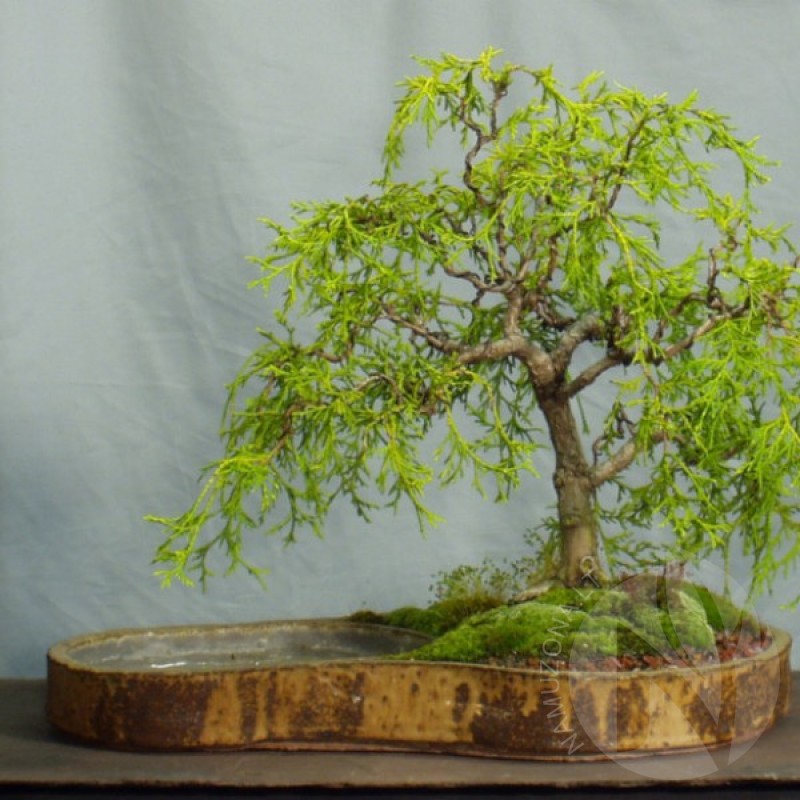
PAY ATTENTION!
All seeds (except SOLD OUT) are available for immediate shipping and will be dispatched within 1-2 business days.
INFORMATION NEEDED? PLEASE CONTACT US NOW!
Japanese falsecypress is a hardy evergreen conifer best known for its legions of interesting cultivated varieties. Wild-type specimens in Japan become large trees, but most cultivated forms are far more compact and have foliage in an array of textures and colors. In fact, garden varieties have been separated into three groups that differ in their foliage textures. These include the Filifera Group, with scale-like leaves held in cascading, rope-like branchlets; the Plumosa Group, with feathery masses of soft, awl-shaped leaves; and the Squarrosa Group, with dense, mossy tufts of stiff, spreading, juniper-like needles.
The foliage of wild-type Japanese falsecypress is needle-like when plants are young and develops into flattened sprays of dark green, scale-like leaves as plants age. The needles line horizontal branches that are denser in young plants and more open in mature. Spherical, green, pea-sized cones develop in spring and turn dry and brown with age. The seasoned bark is reddish brown and peels off in strips.
Sun-loving and easy to grow, this favorite landscape plant thrives in moist, acid, organic-rich soil with good drainage. It performs best where winters and cold and summers moderate. All varieties should be protected from harsh, drying winds. Use dwarf and compact cultivars of Japanese falsecypress in foundation plantings, mixed borders, and containers, reserving larger cultivars for less restricted spaces.
Genus - Chamaecyparis
Species - Pisifera
Common name - Japanese falsecypress
Pre-Treatment - Required
Hardiness zones - 4 - 8
Height - 2'-70' / 0,60 - 6(21) m
Spread - 3'-20' / 0,90 - 6 m
Plant type - Tree
Vegetation type - Evergreen
Exposure - Full Sun, Partial Shade
Growth rate - Medium
Soil PH - Acidic, Neutral
Soil type - Loam, well drained
Water requirements - Average Water
Landscape uses - Container, Feature Plant, Foundation, Hedges, Mixed Border, Rock Garden / Wall, Screening / Wind Break, Topiary / Bonsai / Espalie
Leaf / Flower color - Green, Blue Green, Dark Green / --
GERMINATION INSTRUCTIONS
1. Soak the seeds in a bowl of cool water overnight. Lay the seeds on a flat surface to dry for several hours.
2. Stratify seeds in a plastic bag full of moist sand inside the refrigerator for 60 days. Keep the sand barely moist during the cold stratification period.
3. Sow the seeds the following spring once outdoor temperatures rise above +18C (65F) during the day and +8C (48F) at night. Or sow indoors in the propagator or pots
4. Prepare a pot for each seed. Fill with clean soil. Sow one seed in each pot at a depth of 6 mm (1/4").
5. Water the seeds to a depth of ~8-10 cm (~3") after planting them. Maintain moisture at this depth during the germination process.
6. Place the pots outdoors in a sheltered spot where they will be exposed to direct sun in the morning and afternoon. Protect the seeds from direct sunlight during the hottest part of the day since the soil will warm too quickly and dry out. (info source: eHow.com)
Atsiliepimų apie šią prekę kol kas nėra.
No questions about this product.



